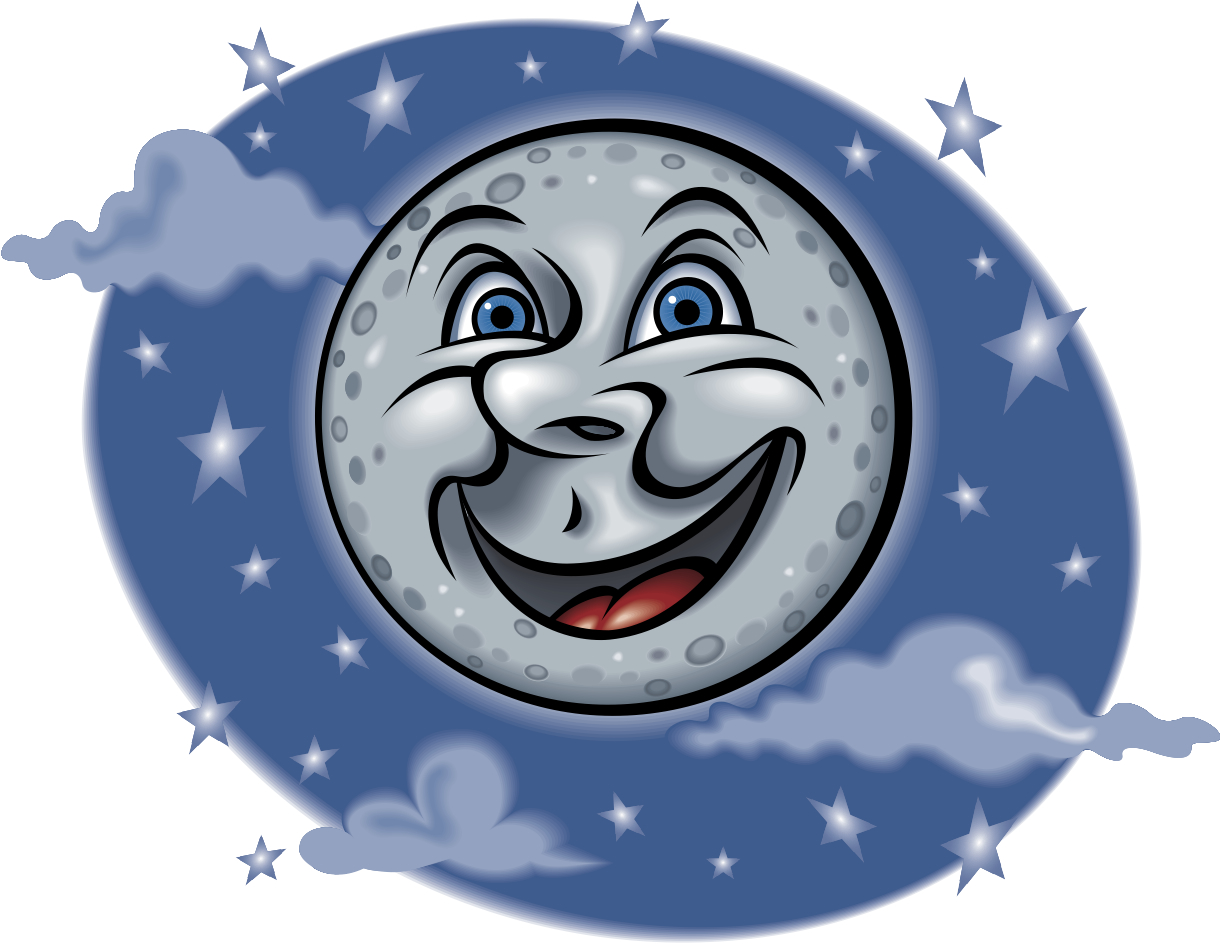The Night Sky

If you haven’t had a chance to look for the comets yet, June is the month for it. The best viewing of the morning comet Panstars is this week. The evening comet Johnson has been brightening as it reaches its closest proximity to Earth on June 6.
Unfortunately the first quarter moon is on June 1, and the full moon is on June 9. So the best viewing is either right now or when the moon exits the evening sky after June 11. The sky should get dark enough between 9:30 and 10 p.m.
Comet Johnson is currently in Bootes the Herdsman which is high overhead. It’s very close to Arcturus in the SE which is to the upper left of Jupiter and Spica. It’s working its way down to the horizon which it will cross the end of July as it enters the southern hemisphere. It’ll pass through Virgo and Centaurus on its way down. So when you get a chance, go out and see if you can find it. It’s getting brighter, but binoculars are still the best way to find it.
The planet Mercury was named after the Roman deity Mercury, the messenger to the gods. The Greeks gave the morning and evening “stars” separate names until they finally realized it was the same object.
In 2012 NASA’s Messenger Probe examined the North Polar Region and confirmed the presence of water and organic molecules. This region exists in a state of perpetual shadows, so the temperatures are cool enough to allow water to exist. The South Pole may also be this way, but Messengers orbit did not allow scientists to probe that area.
The rest of Mercury is heavily cratered similar to our moon. Because its atmosphere is so thin, it hasn’t been able to stop impacts. An asteroid roughly 60 miles wide struck Mercury with an impact equal to one trillion one megaton bombs. This created a vast impact crater roughly 960 miles wide known as the Caloris Basin. To give you an idea of just how big this crater is, it could hold the state of Texas in it. This probably occurred four billion years ago.
There are also extinct volcanoes, huge plains that formed when ancient lava flows solidified, and vast cliffs hundreds of miles long. Its high density suggests that it has a large iron rich core. Mercury is 3,032 miles in diameter. That’s less than half the size of Earth.
Its fast orbit does not make it visible for long. Spring and fall are the best times to see it when the ecliptic stands at its sharpest angle relative to the horizon, and Mercury reaches its widest separation from the Sun. The ecliptic is the path that the Sun appears to travel across the sky when viewed from Earth. For us that would be March and April evenings, and September and October mornings.
I’ll remind you when that time arrives. It’s not easy to find, and it took me years to see it. Part of that problem is due to our mountains preventing low horizon visibility. So for now, go look for comets. My binoculars are sitting on the kitchen counter waiting for a clear night.



